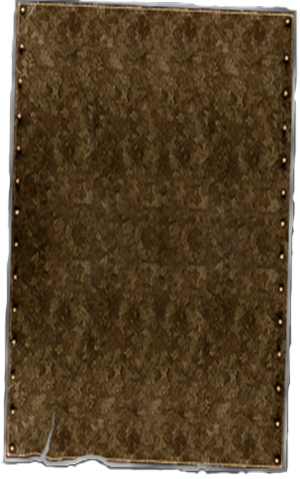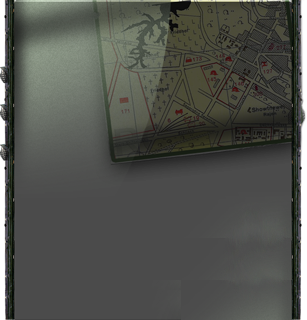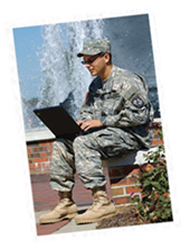







Social Presence Cues
Liam Rourke and his colleagues (1999) recognized eight social presence cues that course participants—in this case instructors—can use to project themselves into a class. After reading about the social presence cues, I recognized a distinction among the eight social cues and divided them into two categories (Figure 1): revealing the instructor and recognizing the participants (Rourke et al., 1999; Wise et al., 2004). Four of the social presence cues can be categorized as those that reveal the instructor. An instructor’s expression of his or her sense of humor in an online course environment allows the students to see that the instructor has an individual orientation to what, in the context of a course in an educational institution, is humorous to state to his or her students. The instructor’s expression of his or her sense of humor interjects the instructor’s presence into the social space of the online course. The instructor’s exhibition of emotions also creates a better sense of a real person as he or she may express feelings through words, by using emoticons, or with capitalization and punctuation. Providing self-disclosure about life outside of the classroom is another way in which instructors are able to indicate that they are an individual human presence. Finally, interjecting allusions of physical presence (using words and phrases like "we" or "our class") may suggest the instructor's physical presence and thus make the participant feel connected to both the instructor and other participants.
The other four social cues may be described as those that recognize the other participants. Using greetings in exchanges creates awareness that the course is a social space. Addressing people by name in communications indicates a sense of the importance of each student that can remind other participants that there are actual people participating in the course. Complimenting others' ideas for specific features might encourage the individual student to have a sense of relatedness to the instructor that encourages that student to continue the positive actions. These commendations can make the individual student aware of the student who is being complimented, and, collectively, make each student more aware that other students are human individuals. Finally, by offering support or agreement for an idea, an instructor can signal to participants that he or she is reading comments and participating in the class, and it makes the participants aware of the instructor’s responses to them as individuals and helps them see others in the class as individuals as well.
Social cues that reveal the instructor |
Social cues that recognize the other participants |
|
|
Figure 1. Two categories of social presence cues [Adapted from Rourke, Anderson, Garrison, & Archer (1999) and Wise, Chang, Duffy, & Del Valle (2004)].